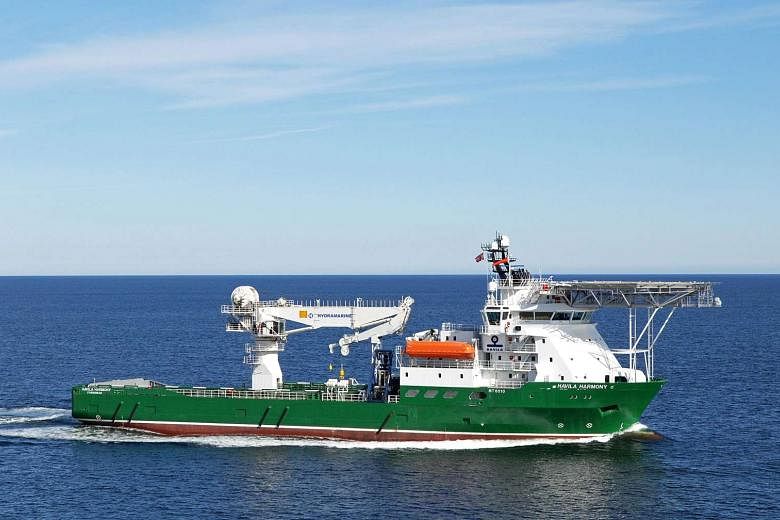SYDNEY (Reuters/AFP) - The search for a missing Malaysia Airlines plane in the Indian Ocean has turned up a second centuries-old shipwreck, but no sign of the aircraft that disappeared with 239 passengers and crew nearly two years ago, searchers said on Wednesday (Jan 13).
Malaysia Airlines flight MH370 went missing during a flight from Kuala Lumpur to Beijing on March 8, 2014.
Last May, searchers found the wreckage of what was believed to be a 19th-century cargo ship, and now sonar imagery has identified what is likely to be a second shipwreck, according to Australia's Joint Agency Coordination Centre (JACC), which is overseeing international search efforts.
The iron or steel-hulled vessel believed to have gone down at the turn of the 19th century was discovered some 3,700m deep.
"On Dec 19, 2015, an anomalous sonar contact was identified in the course of the underwater search, with analysis suggesting the object was likely to be man-made, probably a shipwreck," said the JACC.
One of three ships searching for MH370, Havila Harmony, used an autonomous underwater vehicle to further examine the find and captured high-resolution sonar imagery.
"The Shipwreck Galleries of the Western Australian Museum have conducted a preliminary review of some sonar imagery and advised that the vessel is likely to be a steel/iron vessel dating from the turn of the 19th century," added JACC.
In the earlier wreckage, searchers found an anchor and other objects believed to be man-made as well as what were thought to be lumps of coal.
The Australian-led underwater search, the most expensive ever conducted, is expected to be completed by the middle of 2016, having scoured more than half of a planned 120,000 sq km of sea floor, the agency overseeing the effort said, ruling out any expansion of the search without new leads.
"In the absence of credible new information that leads to the identification of a specific location of the aircraft, governments have agreed that there will be no further expansion of the search area," JACC said in a statement.
The search has focused on a remote part of southern Indian Ocean, where the plane is widely believed to have gone down.
A piece of the plane found washed up on the French island of Reunion in July 2015 provided the first direct evidence that the plane had crashed into the sea. No further trace has been found.

